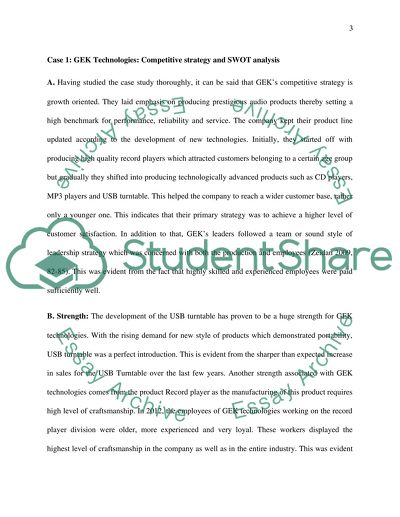Cite this document
(“Managerial Accounting Essay Example | Topics and Well Written Essays - 1750 words - 2”, n.d.)
Managerial Accounting Essay Example | Topics and Well Written Essays - 1750 words - 2. Retrieved from https://studentshare.org/finance-accounting/1488454-managerial-accounting
Managerial Accounting Essay Example | Topics and Well Written Essays - 1750 words - 2. Retrieved from https://studentshare.org/finance-accounting/1488454-managerial-accounting
(Managerial Accounting Essay Example | Topics and Well Written Essays - 1750 Words - 2)
Managerial Accounting Essay Example | Topics and Well Written Essays - 1750 Words - 2. https://studentshare.org/finance-accounting/1488454-managerial-accounting.
Managerial Accounting Essay Example | Topics and Well Written Essays - 1750 Words - 2. https://studentshare.org/finance-accounting/1488454-managerial-accounting.
“Managerial Accounting Essay Example | Topics and Well Written Essays - 1750 Words - 2”, n.d. https://studentshare.org/finance-accounting/1488454-managerial-accounting.


